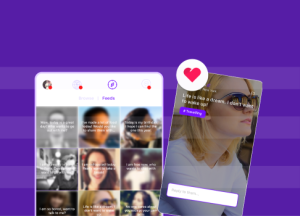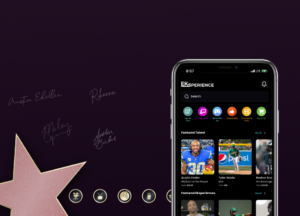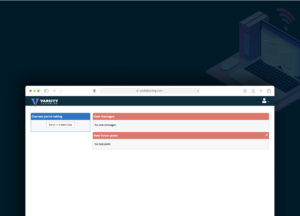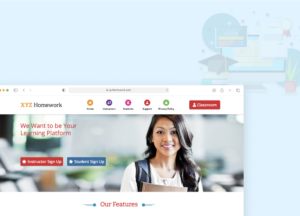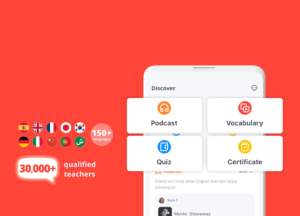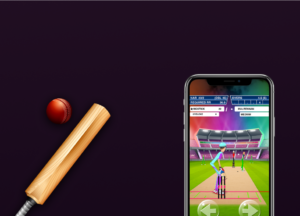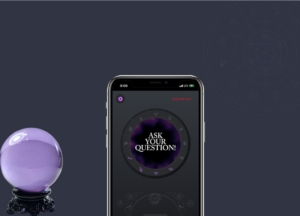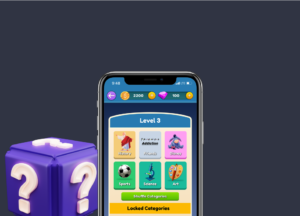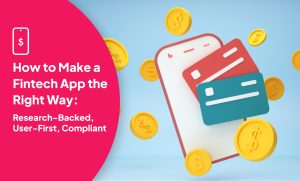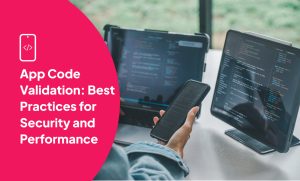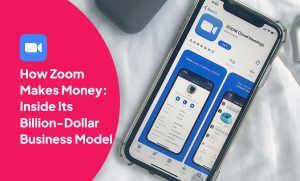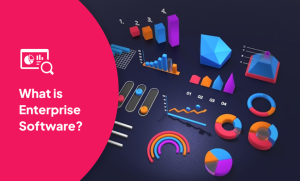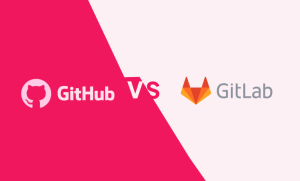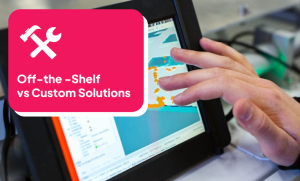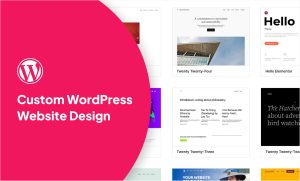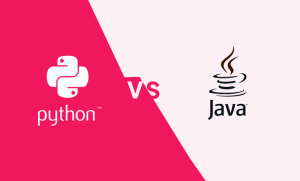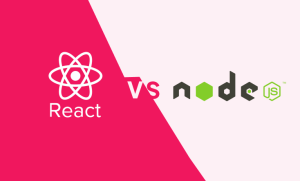To build a fintech product that can evolve with user needs and market demands, choose the right development methodology.
Adopting Agile development frameworks enables faster delivery, more iterative feedback loops, and fewer costly surprises down the line. Rapid Application Development (RAD) can be layered in for projects that benefit from quick prototyping and active user involvement. These methodologies help streamline MVP releases and shorten time to market—contributing to an industry-wide 98% success rate among Agile-led app builds.
Agile alone, however, isn’t enough in fintech. Security must be embedded from the ground up. The DevOps Development Model complements Agile by integrating development and operations—allowing for continuous deployment while maintaining code integrity. This structure supports both speed and stability, especially as your product scales.
To safeguard sensitive financial data, implement robust security measures, including AI-driven threat detection and secure API design from day one. Proactively schedule API risk assessments to uncover vulnerabilities before they create friction—or liability.
These security layers are foundational to launching a fintech app that users trust and regulators approve.
Agile Development Frameworks
Agile—like Scrum or Kanban— isn’t a one-size-fits-all solution. Depending on your team size, product complexity, and regulatory load, different frameworks offer different advantages.
Scrum methodology enables iterative progress through sprint cycles, daily standups, and structured retrospectives, effectively reducing development time by 40%. By fostering continuous customer collaboration, Scrum ensures the solutions stay aligned with evolving user needs and regulatory requirements.
For products with fluctuating workloads or shifting stakeholder input, Kanban is a smart fit. It visualizes tasks in real time and supports continuous delivery—ideal for fast-moving teams that need flexibility without sacrificing visibility.
Lean software development is ideal for cutting inefficiencies. It prioritizes customer value, eliminates bottlenecks, and encourages decentralized decision-making—making it a strong choice for fintech startups focused on rapid iteration and clear ROI. With automated testing baked into workflows, Lean also supports ongoing compliance research, which is critical in a regulated space.
Feature-Driven Development (FDD) is a solid framework for large-scale fintech products that require strong collaboration and structured releases. It focuses on building functionality around user-facing features while incorporating compliance checkpoints along the way.
And for smaller teams, Crystal methodology offers a lightweight, adaptive structure. With minimal overhead and frequent feedback loops, Crystal allows developers to stay responsive to changing regulations, user needs, and market conditions—without drowning in documentation.
Choosing the right approach isn’t about trend-following—it’s about aligning your framework with your product goals, risk profile, and pace of execution.
Robust Security Measures
In fintech, security isn’t just a feature—it’s a foundational promise. To protect user trust and data integrity, incorporate industry-leading security practices from the beginning.
Start by encrypting data both in transit and at rest using AES-256 and TLS 1.3 protocols. Financial sector data breaches cost an average of $6.08 million, underscoring the importance of investing in strong encryption methods.
Elevate user protection with multi-factor authentication (MFA) and biometric verification, and auto-logouts to reduce unauthorized access risks. Ensure that access is controlled through role-based permissions, allowing users to access only the information necessary for their tasks.
Regular penetration tests and code analyses should be conducted to identify and address vulnerabilities proactively. Additionally, utilize continuous monitoring tools to detect threats and suspicious activity promptly.
Committing to these security measures will help establish your app as trustworthy and reliable.
API Risk Assessments
Security also extends to how your system communicates. Since APIs are the backbone of most fintech platforms, conducting comprehensive API risk assessments is crucial for data protection and user trust.
Begin by aligning your threat modeling with OWASP API Security Top 10 guidelines to address vulnerabilities such as authentication flaws and injection attacks. Implement AI-driven analytics for real-time monitoring of API behavior, which helps identify emerging threats and enables proactive issue resolution. Regular adversary simulations using penetration testing tools like Burp Suite can uncover hidden weaknesses.
Maintain dynamic risk registers to track vulnerabilities based on likelihood, impact, and regulatory exposure. Integrate automated scans within your CI/CD pipeline, utilizing tools like SonarQube for continuous detection and quick resolution of API vulnerabilities, thereby enhancing your fintech app's reliability and compliance.
By weaving these protections into your build process—rather than bolting them on later—you’re not just launching faster. You’re launching safer, smarter, and with infrastructure that’s ready to support real growth.




